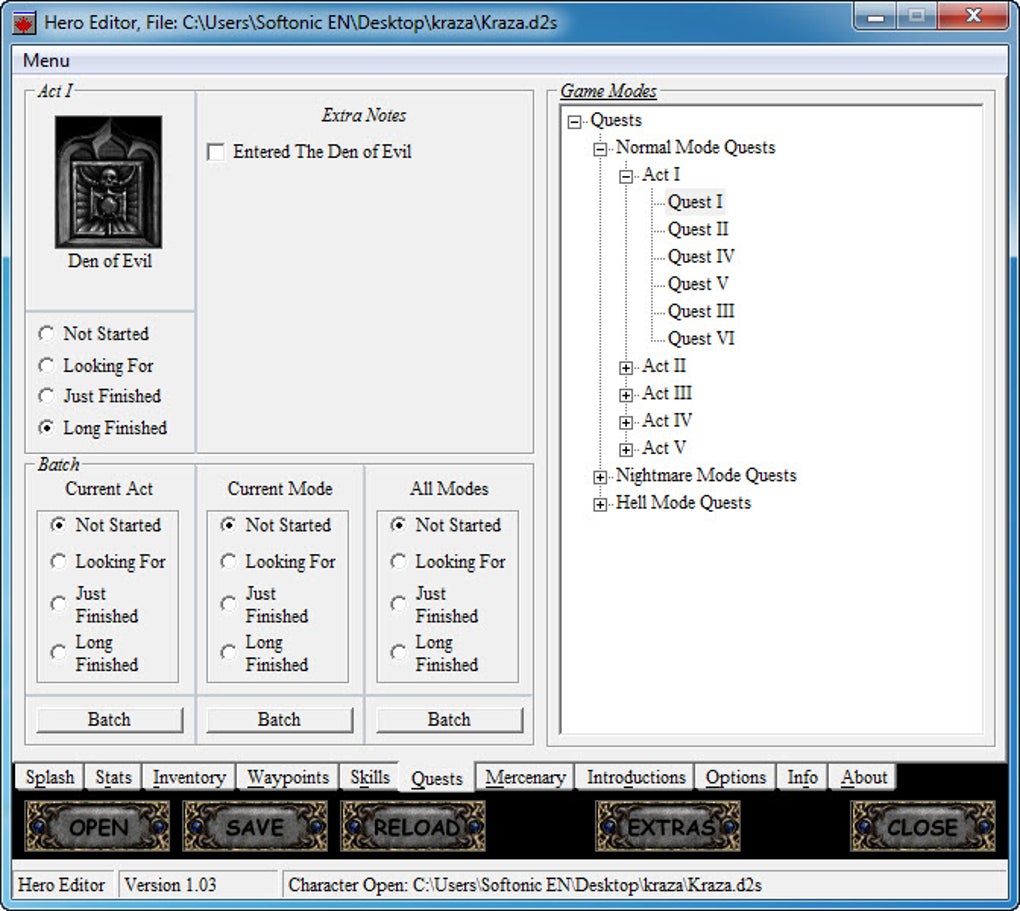
In most cases, items can be posted in as little as two clicks-though there are differences in the two main platforms, Tumblr and Posterous, that we examine here. Each type of item is automatically presented in a suitable format for its content type, and it's possible to use type-specific styling in pre-made or custom templates.Īnother main feature is the ease and speed in which the platforms allow users to post new items for others to view.

Instead of every post being a generic entity, with the author responsible for including the necessary media and formatting, quick blogging tools allow you share specific items like quotes, photos, videos, and links. One is a focus on specific types of content. Quick blogging tools are characterized by two main features that set them apart from more traditional blogging tools. (Tumblr, refers to its content as a "tumblog," leading to the terms "tumblogging" or "tumble blogging," but that's too product-centric e.g. Because the focus of these platforms is on easy, quick sharing of content with a group of peers or "followers," I've settled on the term "quick blogging." If WordPress et al are used for what we traditionally think of as "blogging," and Twitter is "micro-blogging," these new tools represent something in between those two extremes. There isn't an accepted name for this type of content. But a new crop of tools aims to make things even easier by enabling individuals to quickly share several types of common content with others.

Online blogging tools that are designed to make things as easy as possible for anyone to publish online have been around at least a decade and, by now, "blogging" is well-established as a popular form of one- or few-to-many publishing.


 0 kommentar(er)
0 kommentar(er)
